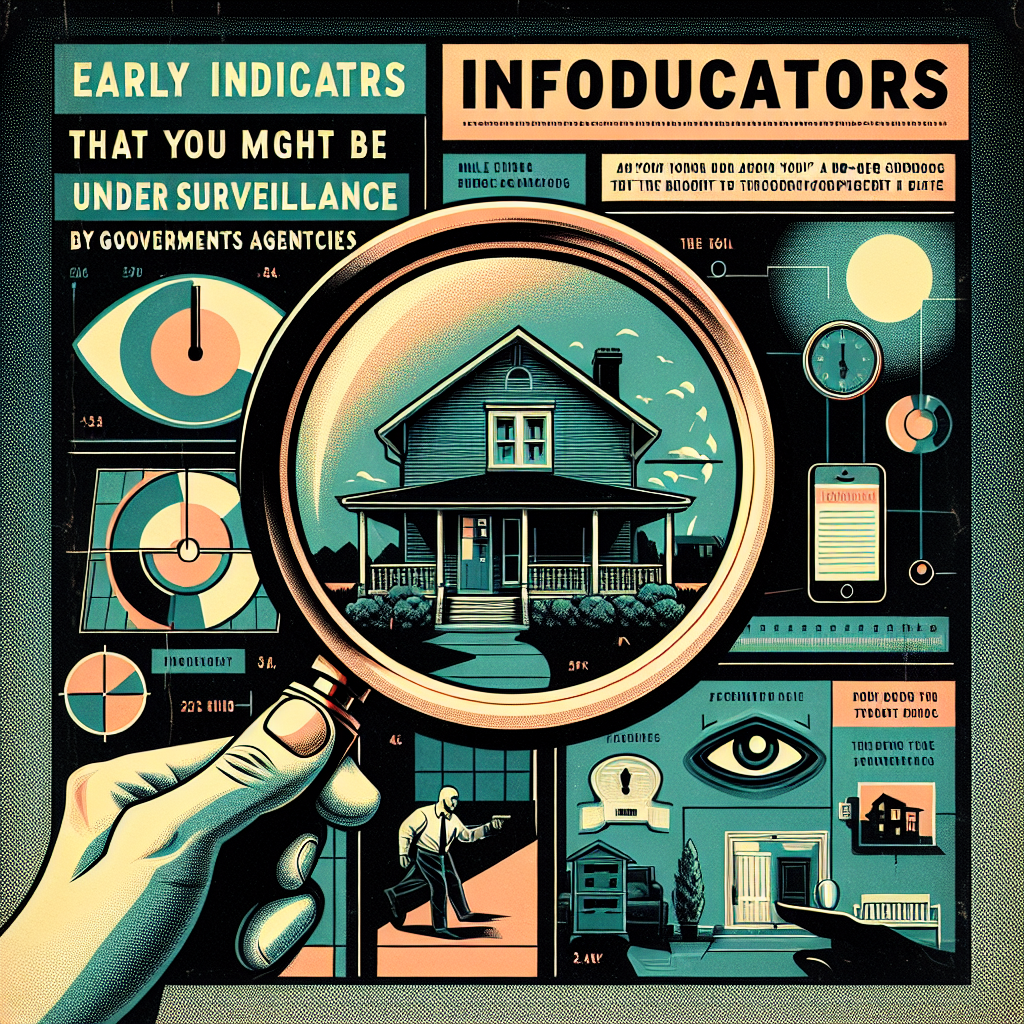The existence of numerous U.S. intelligence and defense agencies, including the CIA, NSA, FBI, and others, has raised concerns about surveillance on citizens, particularly among those who prioritize self-reliance and preparedness. Preppers, individuals who actively prepare for emergencies or societal disruptions, often hold a strained relationship with the government, which can lead to skepticism about the federal entities tasked with safeguarding the populace. This mistrust is exacerbated by the fact that any visible engagement in prepping activities—such as participating in online forums or forming local groups—might attract unwanted attention from government agencies. For those who identify as preppers, understanding that they might be under surveillance is essential. Recognizing such scrutiny enables them to take necessary precautions to ensure their activities remain discreet, which is particularly important given the sophisticated methods agencies employ to observe individuals.
The multifaceted nature of modern surveillance encompasses various platforms, particularly cyber surveillance. With a significant portion of daily activities conducted online—ranging from shopping to banking—government agencies can accumulate substantial amounts of data about individuals. The utilization of automated software allows agencies to create network diagrams that reveal user relationships and activities. This can provide insights into personal interests and plans, potentially leading to categorization for suspicious behavior based on online purchasing patterns or geographical searches that hint at preparedness planning. To counter this breach of privacy, proactive measures such as using a virtual private network (VPN) can obscure one’s digital footprint. Firewalls and anti-malware programs can further enhance security against unauthorized access, yet vulnerabilities remain, particularly from malware like trojans. These malicious programs are insidious, often masquerading as benign applications, thereby compromising personal data and revealing sensitive information such as passwords to prying eyes.
Beyond the digital realm, physical forms of surveillance remain a pivotal concern. Intelligence offices often utilize covert microphones and cameras, leveraging advancements in technology that make these tools small and unobtrusive. The wireless capability of modern surveillance devices allows them to transmit audio or video in real-time, often remaining undetected for extended periods. These devices can be placed through various means, including covert break-ins, where intruders strive to leave minimal signs of entry. Even if your home appears secure against burglary, agents may still deploy surveillance technologies from discreet locations or directly through unsuspecting personal items. Discovering the signs of such invasive monitoring requires a keen eye, as minute alterations to everyday objects or slight disturbances can indicate the presence of hidden surveillance equipment.
To detect these monitoring devices, a thorough inspection of one’s environment is crucial. Hidden cameras, often positioned discreetly at corners of rooms or behind innocuous household items, can be particularly challenging to spot. Similarly, microphones could be embedded within the structure of a home or placed cleverly in everyday objects for inconspicuous monitoring. Regular vigilance, such as checking for unusual marks on walls or identifying new objects that seem out of place, can help in identifying hidden surveillance equipment. Moreover, commonplace technology, such as Apple AirTags—initially designed for tracking lost items—can be repurposed for surveillance by individuals, including federal agents. An AirTag discreetly attached to a car can indicate that someone is monitoring the vehicle’s movements, but without visible indication of governmental control, such devices complicate identification of surveillance efforts.
The implications of becoming a target for intelligence gathering extend beyond just privacy; they touch on issues of trust, autonomy, and the very essence of personal freedom. Individuals who prioritize self-reliance often feel a pressing need to remain vigilant against potential surveillance, as they recognize that government interest in their activities contradicts their philosophy. This tension between an individual’s desire for privacy and the government’s duty for oversight creates a precarious balance that many preppers find themselves navigating. As privacy continues to erode in increasingly surveilled environments, the relationship between citizens and authority figures complicates, and so do the strategies that individuals deploy to maintain autonomy.
Overall, being aware of the types of surveillance and adapting personal security measures becomes paramount for preppers and individuals who value their privacy. Incorporating secure technology, maintaining a watchful eye on one’s home, and fostering anonymity in daily activities can mitigate the risks associated with government surveillance. While the presence and capabilities of agencies monitoring citizens pose ongoing challenges, the responsibility lies on the individual to remain informed and proactive in safeguarding their personal privacy. Ultimately, the desire for preparedness necessitates a complete strategy not only for physical resources but also for ensuring that one’s personal information and activities remain shielded from undesired scrutiny.

